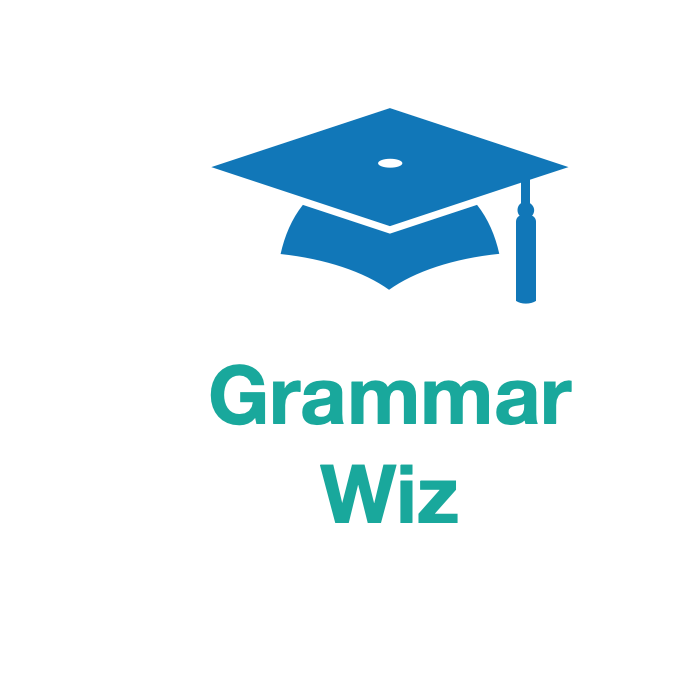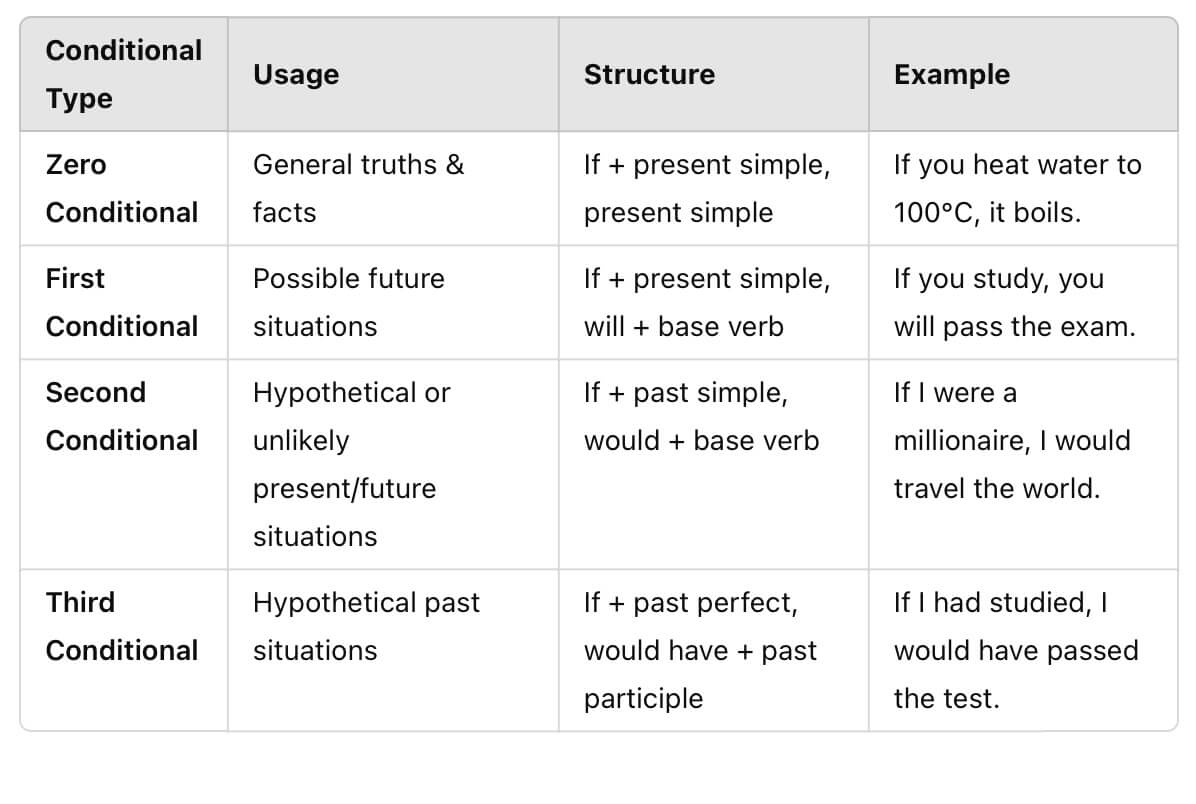- Home
- Types of Verbs
- Bare Infinitive
Use of the Bare Infinitive
This lesson will ensure you understand the use of the bare infinitive in sentences. Simply put, the bare infinitive is the base form of a verb without "to."
Understanding the bare infinitive (sometimes known as the zero infinitive) is crucial for grasping the nuances of English. It plays a vital role in forming sentences, especially when used with modal verbs and specific expressions.
What is the Bare Infinitive?
The bare infinitive is the verb's base form without "to."
For example, in "I can swim," "swim" is the bare infinitive. Unlike the full infinitive ("to swim"), the bare infinitive lacks the "to" particle.
So the main difference between the bare infinitive and the full infinitive lies in their formation and usage. The full infinitive includes "to" before the verb (e.g., "to do"), while the bare infinitive does not (e.g., "do").
The bare infinitive can be the main verb in a sentence. You'll know it's the main verb as it will have a subject (unless it's an imperative):
- She will go
- Please let me in (imperative sentence i.e. a command)
In many cases though, it's not the main verb:
- He made me steal it (main verb = 'made')
- I heard him come in (main verb = 'heard')
Use of the Bare Infinitive in English
Before Modal Verbs
One common use of the bare infinitive is after modal verbs such as can, could, may, might, shall, should, will, and would.
- She can sing very well.
- You should work harder.
- We will leave soon.
After the Causative Verbs 'make', 'let', and 'help'
The causative verbs make, let and help are followed by the bare infinitive. They are causative verbs as they express how one person or thing causes something else to happen.
The pattern is usually:
- Causative verb + object + another verb form (in these cases bare infinitive)
Make
The meaning of 'make' in this sentence structure is to cause or force something. The structure involves a direct object being placed between 'make' and the bare infinitive.
- They made him say sorry.
- The headmaster made Lucas give the money back.
- She might make the staff work through their lunch break.
Note that we can use to + infinitive after 'make' but only if it's passive and with no object e.g. He was made to stay after the class.
Let
Again with 'let', there is always a direct object after it. 'Let' means 'allow'.
- Let me leave now please.
- My parents won't let me buy the more expensive car
- I hope they let us out early.
Help
The use of the bare infinitive with 'help' differs from those above as there are two choices:
- help + bare infinitive
- help + direct object + bare infinitive
Be careful as they won't necessarily mean the same thing - if you include the direct object you're adding information about someone or something that isn't there otherwise.
- He helped change the tyre
- He helped his wife change tyre
- I'll help run the business
- I'll help my brother run the business
After the Auxiliary Verb 'do'
When we use 'do/did' as an auxiliary verb to make questions or negative statements in the present and past tenses, it is followed by the bare infinitive.
- I don't like what he said
- They didn't come in the end
- Do you want some dessert after your dinner?
- Does he have any reason for doing that?
We also use the verb 'to do' to a sentence before the main verb if we want to to emphasise what comes after it, and when we do this we again use the bare infinitive after it.
- She does want to buy the red dress after all
- I do understand what you are saying
- They did want to take the food home with them
After Verbs of Perception
We often use the bare infinitive after verbs of perception like see, watch, hear, and feel. A direct object is always used with these. The bare infinitive tends to be used if it's a completed action.
- I heard him hum last night.
- She felt the wind blow through the house.
- I saw her exit the room.
- *I watched the man wearing the hat dance all night.
(*The direct object can be modified by other words - it's still the same basic sentence structure of verb + direct object + bare infinitive)
Note that we also use the present participle after these verbs (verb + ing) if we want to emphasise the ongoing/continuous nature of the actions being perceived - in other words we are witnessing the action in progress e.g. I can hear him humming; she felt the wind blowing through the house, etc.
After "had better" and "would rather"
Expressions like "had better" and "would rather" take the bare infinitive.
- You had better finish doing the gardening before it rains
- I would rather take the train than the bus
With Imperatives (Commands)
Another use of the bare infinitive is with commands or directives known as imperatives. For example:
- Sit down.
- Open the door.
- Listen to me.
Commands or directives may also come in the form of 'try and', 'come and', and 'go and' in which case we have two bare infinitives:
- Please try and eat all your food.
- Come and see what I've found.
- Why don't we go and find Ian.
After the Relative Pronoun 'Why...?'
We also use the bare infinitive after the relative pronoun why...? and why not...?:
- Why take her to see the film when we know it will scare her?
- Why not plan the next holiday next time?
Test Yourself
Test yourself in this quiz where you have to decide with to use bare infinitive, to + infinitive or gerund.
New! Comments
Any questions or comments about the grammar discussed on this page?
Post your comment here.





